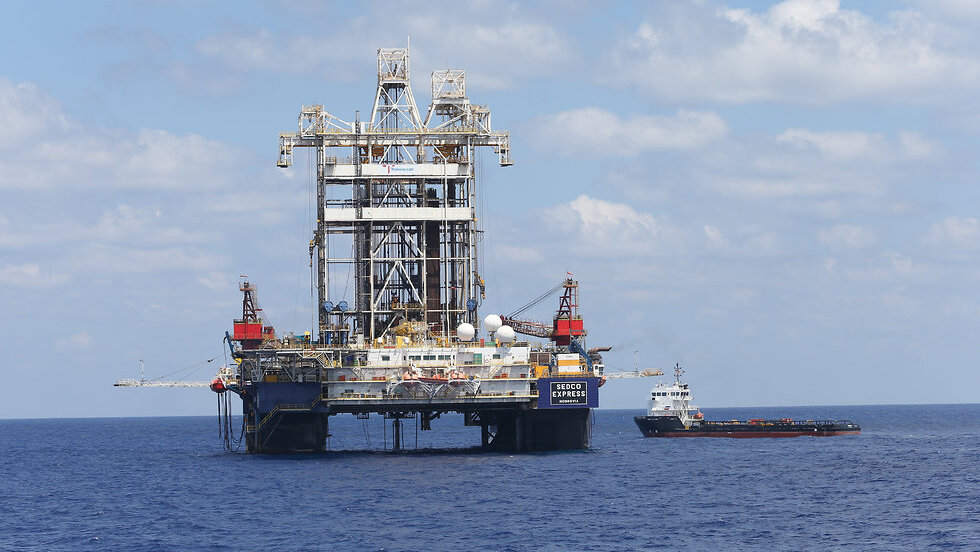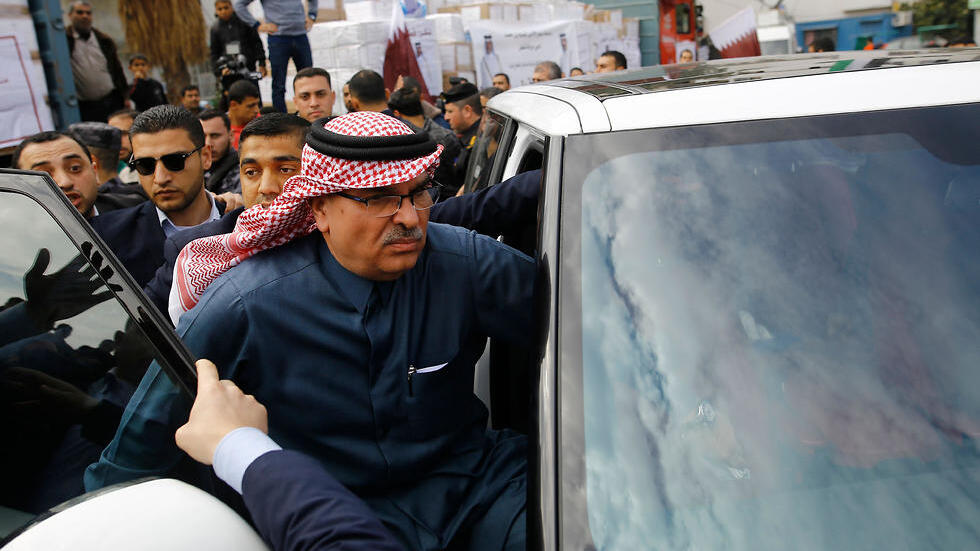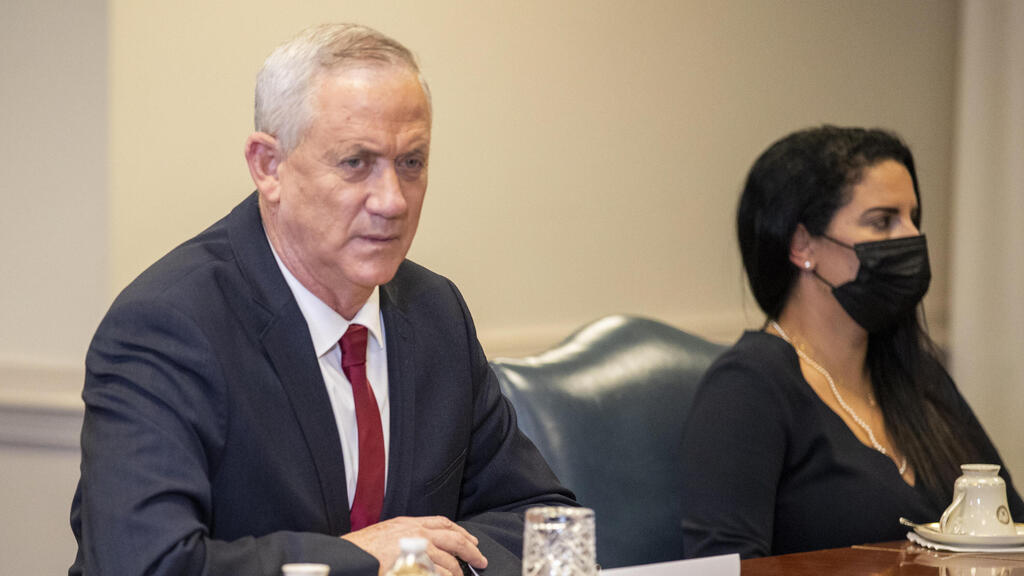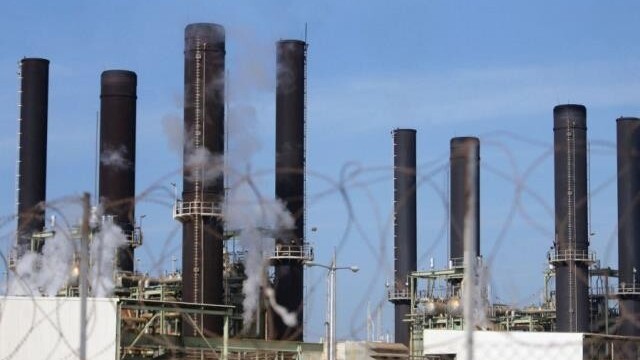Getting your Trinity Audio player ready...
The outline that would see Israel transfer gas from the Leviathan gas field to the power station in Gaza has is a little bit closer to becoming a reality - thanks to the efforts of the Coordinator of Government Activities in the Territories, Maj. Gen. Kamil Abu Rokon.
Last weekend, a meeting was held between several Israeli companies (including the Delek gas company), representatives of the Middle East Quartet (a joint initiative by the UN, U.S., EU, and Russia to advance the Israeli–Palestinian peace process) and Qatari officials headed by the Qatari envoy to the Gaza Strip Mohammed al-Emadi.
The meeting centered on practical details regarding the gas deal between Israel and the Gaza Strip, as well as the conversion of the enclave’s power plant from a diesel-powered station to a gas-powered station.
Among other things, costs and schedules were discussed.
The conversion of the power plant for example, is expected to cost more than $100 million - a significant part of which is supposed to be financed by Qatar and the nations of the Quartet.
If everything goes according to plan, Gaza will have an operational power plant powered by Israeli-supplied gas generating 560 megawatts of electricity by the beginning of 2024.
The office of Defense Minister Benny Gantz said that he has not changed his policy on the issue of Israeli prisoners and missing persons being held in Gaza, and that as long as the issue remains unresolved no project will be implemented - regardless of any agreement between Israel and Hamas.
However, Israel is not preventing planning and preparations for the Gazan energy project, Gantz' office said.
The project to connect an Israeli gas pipeline to the Gaza Strip has been in planning for about six months, and is estimated to cost approximately $10 million.
This will be funded by the Quartet as well as the Palestinian Authority through international Palestinian construction firm Consolidated Contractors Company (CCC) and the American energy company Chevron.
The plan will see a gas pipeline connected from the Israel's Leviathan gas field in the Mediterranean to the southern city of Ashkelon, from Ashkelon to the Eshel HaNasi Regional Council near the Gaza border, and from there to the Gaza Strip itself.
Today, Israel sells 120 megawatts of electricity to the Gaza Strip. The diesel-powered power plant in the Gaza Strip produces an additional 90 megawatts, while various solar facilities constructed in the Strip produce another 30.
All in all, the Strip is currently getting 240 megawatts of electricity, while the power consumption of the entire Strip stands at 500 megawatts. That's why power is provided to the Strip only for a few hours a day.
When the power plant reaches its peak, completion of large infrastructure projects in Gaza will be possible, such as the construction of a large desalination plant and the industrialization of the Strip.
For the people of the Strip, the completion of the project would mean an exponential leap in the quality of life.
This potential improvement in the living conditions of the people of Gaza will strong-arm the Hamas leadership - according to Israeli sources - to carefully consider the price of its continued violence against Israel, as well as its insistence on not resolving the issue of Israeli prisoners and missing persons.
Already the project is proving to be a bed of unprecedented coordination between Israel, Egypt, Qatar, Hamas, the Palestinian Authority and the European Union.





